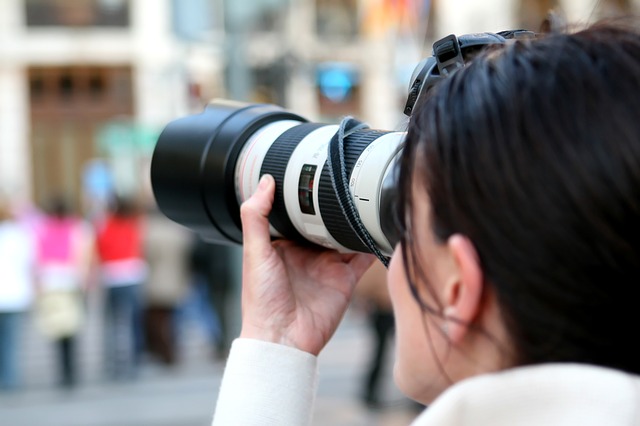The world of photography, while exciting, can be riddled with complicated terms and phrases, which can be confusing and frustrating for a beginner photography enthusiast. In this text we’ll go over a couple of the basic terms, such as aperture, depth of field, and lens types and hopefully make them easier to understand.
So what does the phrase „aperture in photography“ really mean? A great way to explain this in simple terms is to compare the aperture to the pupil of the eye. The wider the aperture is, or pupil, more light will get in. In photography light is everything, and since natural light is very susceptible to rapid changes, photographers needed some way to control the amount of light for the picture.

Good example is this photo from www.tantric-massage-hong-kong.com/
The diameter of the entrance pupil is measured in a simple scale called the focal ratio, which ranges from f/1.4 all the way to f/22. Some cameras, especially modern, digital ones, can also be set to an f number not typically mentioned in the scale, for example f/2.5 or f/4.5. The size of the aperture ties in with the exposure, if the aperture is larger the photo will be more exposed and vice versa. There are no set rules for the scale, so it gives you a wide variety of choices to experiment from and pick one that best suits your artistic vision. A good way to test this is to practice yourself, take a series of photographs with the same, controlled conditions and watch the end result change as you modify the aperture.
When choosing the correct focal ratio it is also important to think about depth of field. Simply put, the depth of field is the distance in which the object of the photo will be in focus. If you pick a wider focal ratio, say 1.4, the depth of field will be shallower, and if you choose a narrower focal ratio, for example 22, the depth of field will be deeper. As with the size of the aperture, this can be a little bit complex to understand, so the best thing to do is take another series of controlled photographs and see what works best for the picture you intend on taking.
Lenses today have a minimum and maximum aperture size which they use. This is typically specified by the lens manufacturer. So, let’s say a lens has an aperture range of f/4 to f/22. This means that that particular lens can operate from a minimum aperture of f/22, to a maximum aperture of f/4. If someone describes their lens as, for example, a Canon EF 50mm f/1.8, it means that their lens can shoot at a maximum aperture size of f/1.8. It doesn’t necessarily mean they took their shot at this size, but it is a way to indicate lens type. This is a very important thing to know, as the range will affect your personal choice of lens.
In the end all you can do is practice, practice, practice. Even though these terms may seem hard to understand, and the thought of setting your camera to auto mode and snapping a quick picture might seem appealing, understanding basic photography terms, and using them wisely, will allow you to take your photography skills to the next level and take that perfect photo you’ve been dreaming about.

